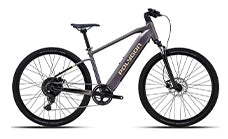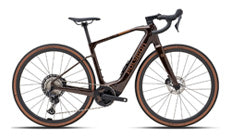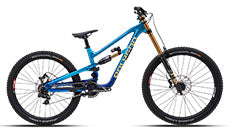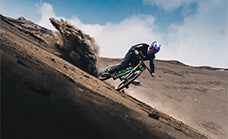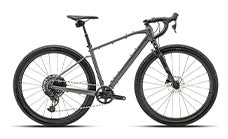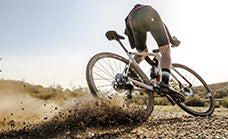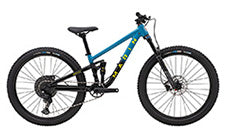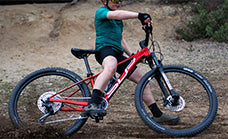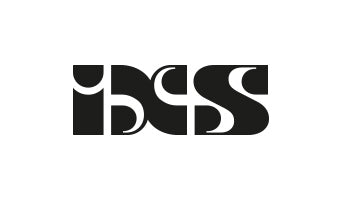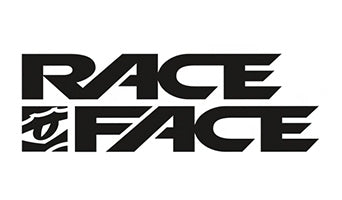Finding the perfect balance bike for your little one
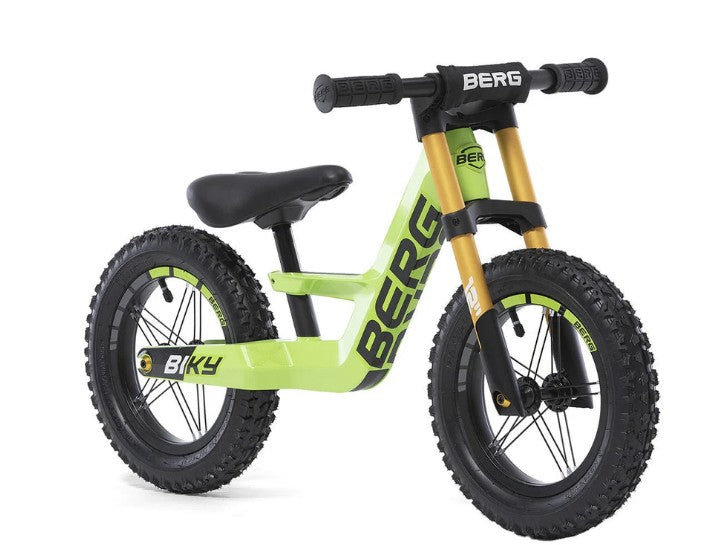
Deciding on the best balance bike for your toddler can feel overwhelming. With so many options available, it’s crucial to know what features to look out for and how to choose the right fit for your child. From the size of the bike to its weight and seat height, every detail matters to ensure safety and comfort. In this guide, we will walk you through everything you need to know to find that perfect bike for your tiny rider.
Understanding the basics of balance bikes
A balance bike is a pedal-less bike designed to teach toddlers how to balance and steer without the complexity of pedals. These bikes are fantastic tools for developing early cycling skills, allowing children to transition smoothly to pedal bikes later. They come in various sizes and weights, catering to different age groups and preferences.
One of the main benefits of a balance bike over traditional training wheels is that it helps children develop better balance and coordination. Instead of relying on stabilizers, kids learn to control their movements naturally, setting them up for confident riding in the future.
Why choose a balanced bike?
Balance bikes offer numerous advantages compared to other types of beginner bikes. Firstly, they focus solely on balancing, which is the most critical skill a child needs to master before transitioning to a regular bicycle. By removing pedals from the equation, kids can concentrate on staying upright and maneuvering the bike effectively.
Moreover, these bikes build confidence. As children propel themselves forward using their feet, they gradually learn to glide and eventually lift both feet off the ground. This self-propelled method gives them immediate feedback and boosts their confidence as they experience the joy of independent movement.
Key features to consider
When choosing a balance bike, several essential factors should be considered to ensure the best fit for your child. These include the size of the bike, its frame material, weight, seat height, and overall design. Each of these aspects plays a significant role in the overall performance and suitability of the bike.
Size of the bike
The size of the bike is one of the most crucial elements to consider when selecting a balance bike. A properly sized bike allows your child to touch the ground easily with both feet, providing stability and control. Typically, balance bikes are categorized by their wheel size, ranging from 10 inches to 16 inches based on the child's age and height.
-
10-inch wheels: Suitable for very young children (approximately 18 months to 3 years old).
-
12-inch wheels: Ideal for toddlers aged 1 to 6 years.
-
14-inch wheels: Best for slightly older kids around 3 to 5 years.
-
16-inch wheels: Perfect for children aged 4 to 6 years or those who are taller for their age group.
To make sure you're getting the right size, measure your child's inseam and compare it to the minimum seat height of the bike. The seat height should be adjustable, starting at about 1 inch below your child's inseam to allow comfortable mounting and dismounting.
Weight of the bike
Another vital factor is the weight of the bike. A lightweight bike is easier for your child to handle and maneuver. Generally, the lighter the bike, the more effortless it is for small children to ride and balance. Aim for a balanced bike that weighs no more than 30% of your child's body weight. For instance, if your child weighs 30 pounds, the bike's weight should be around 9 pounds or less.
An overly heavy bike can be difficult for a toddler to control, leading to frustration and potentially discouraging them from riding altogether. So, opting for a lightweight bike can significantly enhance their riding experience and keep them engaged longer.
Seat height and adjustability
The seat height is a critical aspect of fitting a balance bike to your child. An adjustable seat height ensures that the bike can grow with your child, providing long-term use. The seat should lower enough for your child to place their feet flat on the ground while sitting comfortably.
Many high-quality balance bikes feature quick-release clamps, allowing easy adjustment of the seat height without the need for tools. This flexibility makes it convenient to adapt the bike as your child grows, ensuring an optimal and safe fit at all times.
Choosing the right frame material
Balance bikes are available in various frame materials, including wood, metal, and composite. Each has its own set of merits and demerits, impacting the bike's weight, durability, and ride quality. Understanding these differences can help you make an informed decision tailored to your child's needs.
Wooden balance bikes
Wooden balance bikes are eco-friendly and often visually appealing due to their natural look. They are generally lightweight and provide a smooth ride. However, they may not be as durable as metal or composite frames and could require more maintenance.
For parents who prioritize sustainability and aesthetics, wooden bikes can be an excellent choice. Just ensure the wood is treated to withstand weather conditions if the bike will be used outdoors regularly.
Metal balance bikes
Metal balance bikes, commonly made from steel or aluminum, offer superior strength and longevity. Steel bikes tend to be heavier but are incredibly robust and durable. Aluminum bikes, on the other hand, are lighter yet still sturdy, making them easier for young children to handle.
While metal bikes might not have the same natural charm as wooden ones, their resilience and lack of required maintenance make them a popular option among parents looking for a practical, long-lasting solution.
Composite balance bikes
Composite balance bikes are constructed from advanced materials such as fiberglass-reinforced nylon. These bikes combine the best attributes of wood and metal, offering exceptional lightness, strength, and corrosion resistance. Composite bikes are ideal for families seeking low-maintenance, high-performance options.
Although initially more expensive, composite bikes provide excellent value due to their extended lifespan and minimal upkeep requirements. They're worth considering if you're willing to invest in a premium product for your little cyclist.
Additional features and accessories
Once you've narrowed down the essentials like size, weight, and frame material, it's time to consider additional features and accessories that can enhance your child's riding experience. Some bikes come with brakes, footrests, and even baskets. While these extras aren't necessary for basic functioning, they can add convenience and enjoyment.
Brakes
Some balance bikes come equipped with handbrakes, which can teach children how to stop safely and prepare them for future pedal bikes. If you decide to go for a bike with a brake, ensure it's easy for your child to operate and responsive enough to be effective.
Though not all toddlers will use the brake right away, it's a useful feature as they become more confident and start tackling slopes and uneven terrain.
Footrests
A good number of balance bikes include footrests where children can place their feet once they gain enough momentum and begin gliding. This feature can mimic the experience of riding a pedal bike, helping them practice balancing without touching the ground.
Ensure the footrest is positioned correctly and doesn't interfere with scooting. It should allow an intuitive and seamless transition between walking, running, and gliding.


